Kyrgyzstan’s dramatic landscape rises from Central Asian steppes to towering peaks that scrape 24,000 feet into the sky. Nestled between these massive mountain ranges lie hidden valleys where ancient communities have thrived for centuries at breathtaking altitudes.
The Kyrgyz people originally lived as nomadic herders, but many settlements developed in these protected valleys where families could shelter livestock during harsh winters while maintaining their traditional pastoral lifestyle. These high-altitude communities face extreme weather, limited growing seasons, and isolation that can last months during winter storms.
Here is a list of 16 Kyrgyz villages that have carved out remarkable lives in some of the world’s most spectacular mountain valleys.
Arslanbob
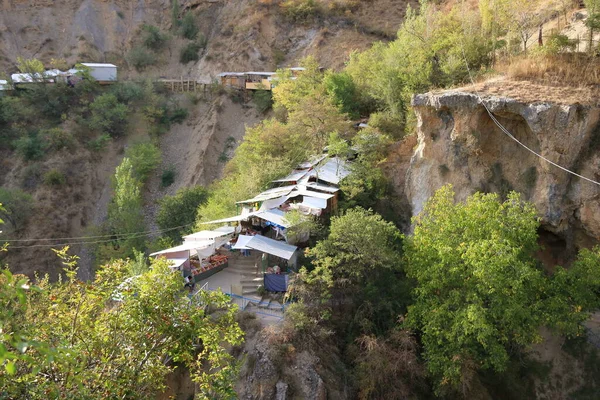
This walnut forest village sits at 5,900 feet in the Fergana Valley’s foothills, surrounded by the world’s largest natural walnut grove. About 12,000 residents call Arslanbob home, making their living from harvesting walnuts, pistachios, and almonds that grow wild across 600,000 acres of ancient forest.
The village maintains traditional wooden architecture—houses built with walnut timber and decorated with intricate Kyrgyz patterns. During harvest season, entire families head into the mountains for weeks, living in temporary camps while gathering nuts, which provide their primary income.
Jyrgalan
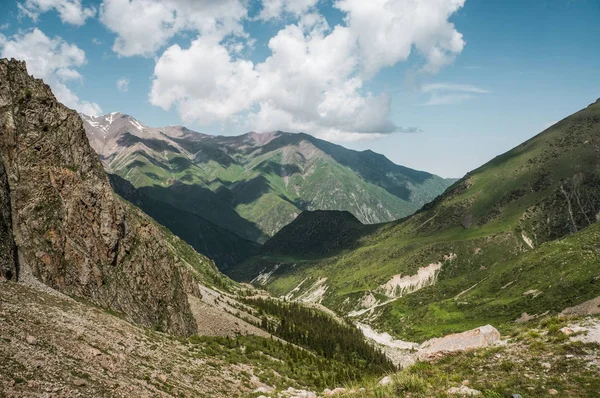
Jyrgalan occupies a stunning valley at 7,200 feet elevation, where about 1,500 residents have transformed their community from a Soviet-era coal mining town into an emerging ecotourism destination. The village sits surrounded by snow-capped peaks and alpine meadows that burst with wildflowers each summer.
Local families now offer horseback rides, hiking tours, and traditional yurt stays instead of working in dangerous mine shafts. Winter brings serious isolation—roads become impassable for months, yet residents have learned to thrive during these quiet periods.
Like Travel Pug’s content? Follow us on MSN.
Kochkor
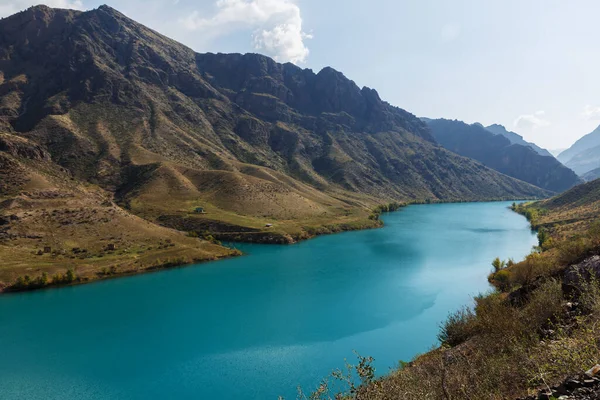
This traditional felt-making center houses roughly 15,000 people at 5,700 feet elevation in the Naryn River valley. Kochkor has become famous throughout Central Asia for producing some of the finest felt carpets and crafts in the region.
Village women maintain ancient techniques passed down through generations—creating intricate patterns that tell stories of nomadic life and mountain spirits. The surrounding valley provides perfect grazing for sheep whose wool becomes these treasured handicrafts, while the community serves as a gateway to Song-Kul Lake’s high pastures.
Bokonbaevo
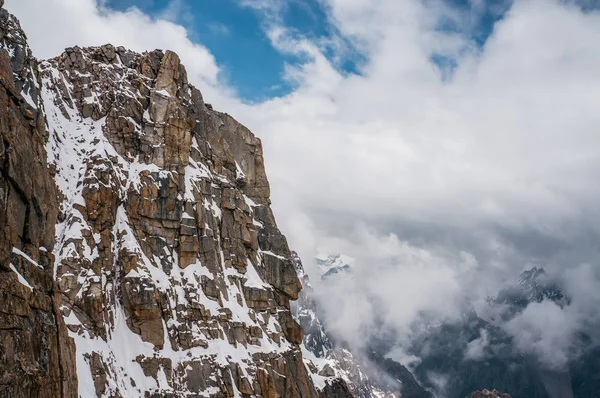
Bokonbaevo sits on Issyk-Kul Lake’s southern shore at 5,279 feet, home to about 12,000 residents who’ve maintained their connection to both water and mountains. The village is renowned for its eagle hunters—men who still practice the ancient art of hunting with golden eagles during the winter months.
Traditional yurt-making also thrives here, with families crafting the portable dwellings that remain essential for high-altitude herding. The community balances tourism with traditional livestock raising, offering visitors authentic experiences of Kyrgyz mountain culture.
Naryn

Naryn functions as a regional center at 6,900 feet elevation, yet it retains the character of a high mountain village despite housing 35,000 residents. The town sits in a broad valley surrounded by barren peaks that can receive snow nine months per year.
Residents endure some of Kyrgyzstan’s harshest weather—winter temperatures plunge well below zero while summer brings brief but intense growing seasons. Traditional crafts flourish here, particularly leatherworking and metalsmithing techniques that nomadic ancestors developed for mountain survival.
Like Travel Pug’s content? Follow us on MSN.
At-Bashi
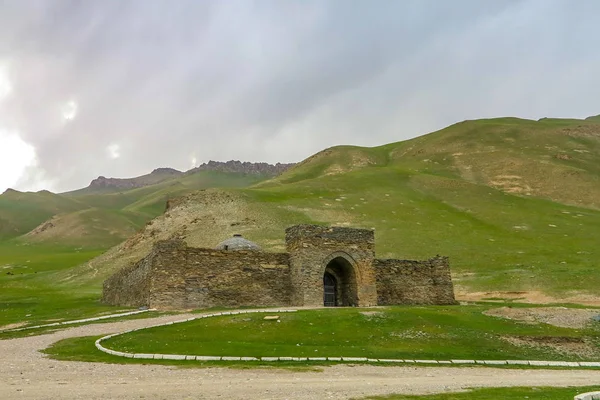
At-Bashi occupies a remote valley at 6,600 feet where about 15,000 people maintain traditional pastoral lifestyles despite modern challenges. The village serves as a base for herders who drive their animals to high summer pastures, following migration routes used for over a thousand years.
Soviet-era infrastructure crumbles alongside ancient stone corrals, creating a landscape where past and present coexist in fascinating ways. Local families still live in felt-lined houses during winter—practical architecture perfectly adapted to extreme mountain conditions.
Karakol
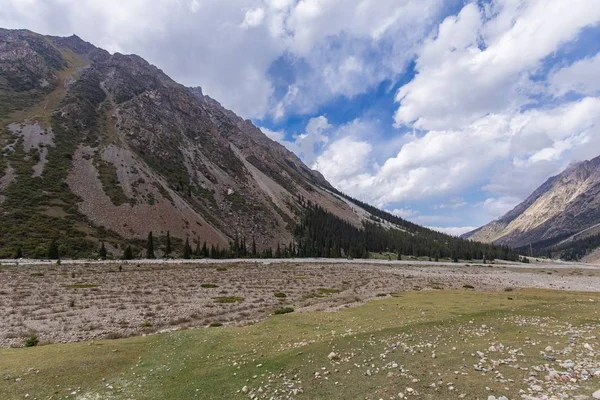
Karakol sits in the Issyk-Kul basin at 5,600 feet, serving as the gateway to some of Central Asia’s most spectacular mountain terrain. The city houses about 70,000 residents but maintains strong village traditions, particularly in its Russian Orthodox and Dungan Muslim communities.
Traditional wooden architecture reflects the area’s cultural diversity—Russian log houses stand next to Central Asian courtyards. The surrounding peaks offer world-class mountaineering, yet most locals remain focused on agriculture and traditional crafts that have sustained mountain communities for centuries.
Sary-Mogol
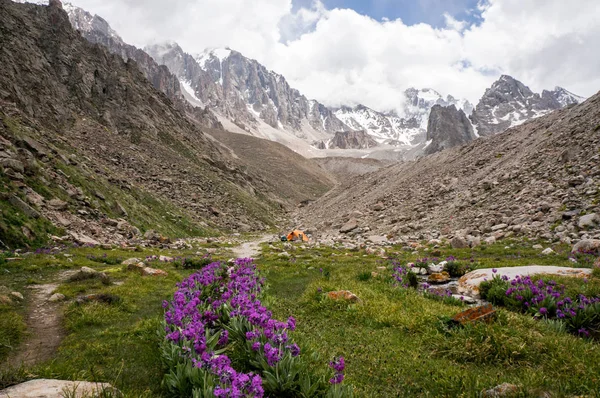
This remote village sits at an astounding 10,500 feet elevation in the Alai Valley, making it one of the highest permanently inhabited settlements in Central Asia. About 2,000 hardy residents endure extreme conditions—growing seasons last barely three months while winter isolation can stretch for half the year.
The village serves as a base camp for climbers attempting Lenin Peak, yet locals maintain traditional yak herding and high-altitude agriculture. Houses are built low and sturdy to withstand fierce winds that regularly exceed 100 mph.
Like Travel Pug’s content? Follow us on MSN.
Tash-Rabat

The tiny community around the ancient Tash-Rabat caravanserai lives at 11,200 feet in one of Kyrgyzstan’s most isolated valleys. Only about 50 families remain year-round in this harsh environment, caring for livestock and maintaining the historic Silk Road monument.
The 15th-century stone building provided shelter for traders crossing mountain passes, while modern residents continue that hospitality tradition for adventurous travelers. Summer brings brief respite when herders arrive with their animals, but winter transforms this into one of the loneliest places on earth.
Alay
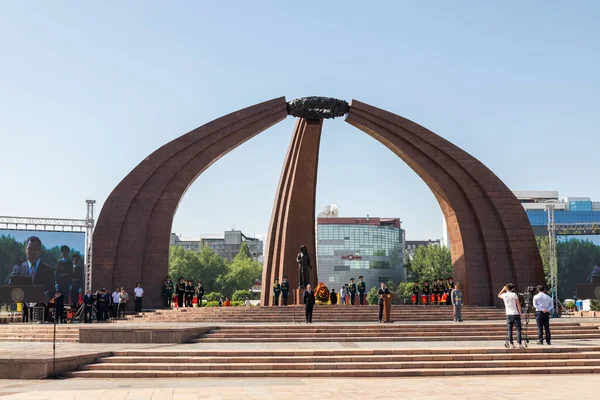
Alay village occupies the broad Alai Valley at 9,800 feet, surrounded by some of the world’s most impressive mountain walls. About 3,000 residents live here permanently, though the population swells during summer when herding families arrive from surrounding areas.
The community maintains traditional Kyrgyz architecture—low stone houses with sod roofs that provide insulation against brutal winters. Local markets come alive during brief summer months when traders bring goods from across the Pamirs, recreating ancient Silk Road commerce.
Osh Bazaar Village
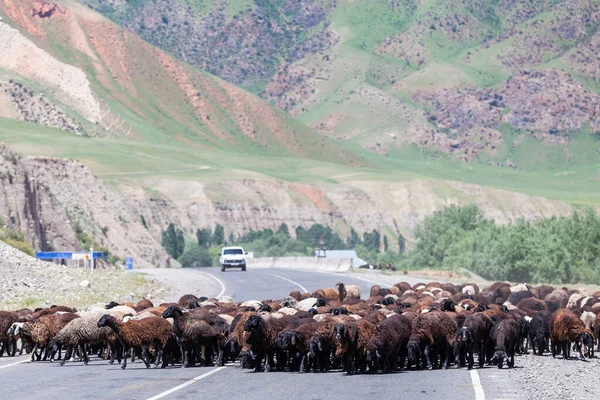
This small settlement near Osh city occupies a mountain valley at 8,200 feet where traditional farming meets high-altitude challenges. The community of roughly 800 residents specializes in growing barley and potatoes—some of the few crops that can mature during the short growing season.
Ancient irrigation systems carved into mountainsides still provide water for terraced fields that climb impossibly steep slopes. Families here maintain close connections to nomadic traditions while adapting to settled agriculture.
Like Travel Pug’s content? Follow us on MSN.
Chatyr-Kul

The scattered settlements around Chatyr-Kul Lake exist at 11,500 feet in one of Kyrgyzstan’s most extreme environments. Fewer than 200 people live permanently at this altitude, mostly herders who’ve adapted to conditions that challenge human survival.
The lake freezes solid for seven months each year, while summer temperatures rarely exceed 60°F even in direct sunlight. Traditional felt-making techniques become literal survival skills here, as families create insulation that means the difference between life and death during savage winter storms.
Sary-Tash
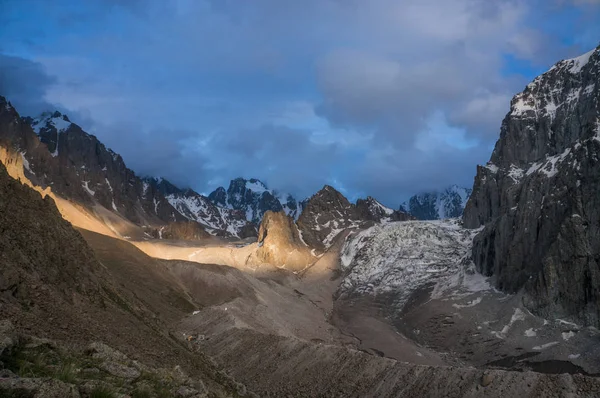
Sary-Tash sits at 10,170 feet in the Alai Valley, serving as the last major settlement before the Pamir Highway climbs toward Tajikistan. About 2,500 residents call this windswept village home, enduring temperatures that can swing 80 degrees between day and night.
The community functions as a crucial stop for travelers crossing between countries, maintaining guesthouses and supply stores that echo the area’s Silk Road heritage. Traditional architecture here emphasizes survival over aesthetics—thick walls, small windows, and multiple heating systems.
Achik-Tash

This high-altitude base camp community exists primarily during climbing season at 12,300 feet near Lenin Peak. A few dozen permanent residents maintain facilities for mountaineers while practicing extreme-altitude herding with yaks and hardy sheep breeds. The settlement represents the absolute limit of permanent human habitation in Kyrgyzstan.
Buildings are constructed from stone and earth, designed to withstand winds that can reach hurricane force during winter storms that last for weeks.
Like Travel Pug’s content? Follow us on MSN.
Kyzyl-Oi
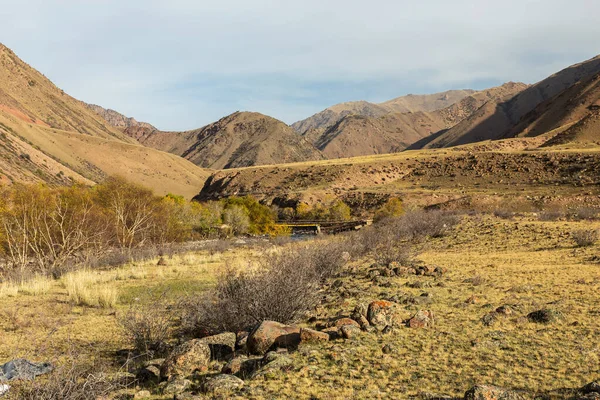
Kyzyl-Oi occupies a protected valley at 7,800 feet where about 1,200 residents have developed community-based tourism while maintaining traditional lifestyles. The village sits surrounded by red sandstone cliffs that give it the name “Red Valley.”
Local families offer homestays in traditional houses while continuing to raise livestock using methods passed down through generations. Summer brings trekkers and horseback riders, but winter returns the community to its timeless rhythm of survival in one of Central Asia’s most beautiful yet challenging environments.
Besh-Moinok

This remote settlement at 9,200 feet houses roughly 600 residents who maintain one of Kyrgyzstan’s most traditional communities. Besh-Moinok sits in a valley so isolated that modern conveniences arrived only in recent decades, allowing ancient customs to survive largely unchanged.
Traditional felt production, horseback culture, and seasonal migration patterns continue as they have for centuries. The community demonstrates how mountain peoples have always adapted to extreme environments through cooperation, traditional knowledge, and respect for the harsh beauty that surrounds them.
Peaks of Human Endurance
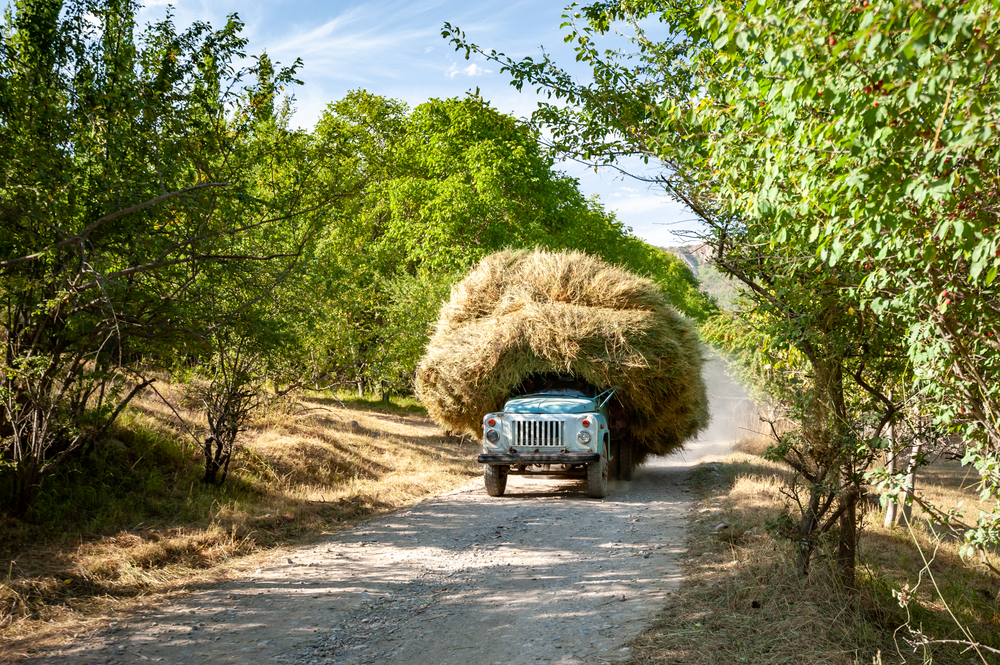
These Kyrgyz mountain villages represent humanity’s remarkable ability to thrive in environments that push the limits of survival. Their residents have developed sophisticated cultural adaptations over centuries, creating communities that blend ancient nomadic wisdom with the practical demands of high-altitude living. The traditional crafts, architecture, and social systems found in these settlements aren’t just cultural curiosities—they’re proven technologies for surviving in some of Earth’s most challenging conditions.
As climate change and modernization threaten mountain communities worldwide, these Kyrgyz villages offer valuable lessons about sustainable living, community resilience, and the deep human capacity for adaptation. Their continued existence in these spectacular yet unforgiving landscapes proves that with proper knowledge and strong social bonds, people can flourish even where the air grows thin and winter lasts most of the year.
More from Travel Pug

- 20 Best Beach Towns in the Carolinas
- 13 Destinations Where Tourists Regularly Regret Their Trip
- 20 Destinations That Are More Magical Without an Itinerary
- 20 Underrated Adventures That Belong on Your Travel List
- 20 Cities Where You Should Just Wing It, No Planning Required
Like Travel Pug’s content? Follow us on MSN.
